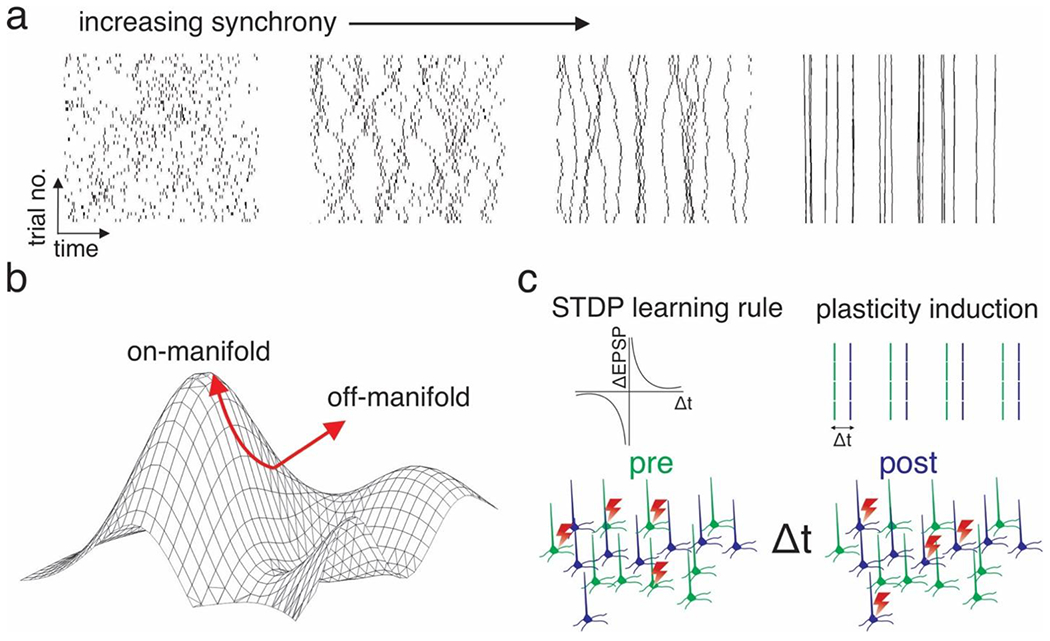Figure 5: Examples of using multiphoton holographic genetics to address neural codes and plasticity rules.

a) Probing the role of neural synchrony. Four example possible single-trial raster plots of holographically induced ensemble activity of increasing synchrony. Note that the absolute spike rate per trial is fixed, while the temporal pattern is altered. b) Schematic of two types of multiphoton holographic perturbations, one that obeys the intrinsic low dimensional architecture of the neural activity patterns a group of neurons exhibits (‘on-manifold’) and one that does not (‘off-manifold’). c) Schematic of using multiphoton holographic optogenetics to artificially induce Hebbian spike timing dependent plasticity between two artificially chosen neural ensembles (indicated by the two colors). Top right: Schematic of the conventional STDP learning rule plotting change in synaptic strength vs the time delay between pre- and postsynaptic activation. Top right: Holographic stimulus pattern to induce STDP. Bottom: schematic of fast interleaved photo-stimulation of two ensembles to drive STDP between them.
